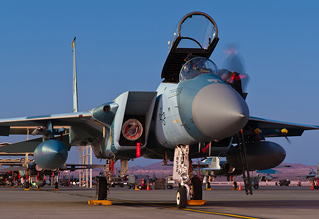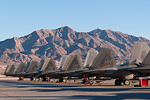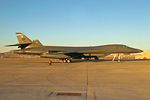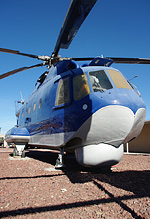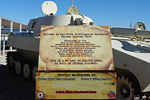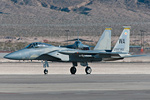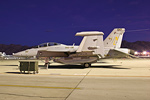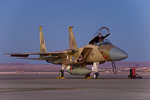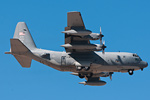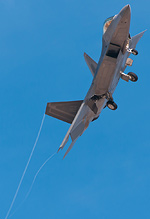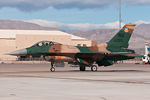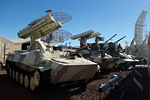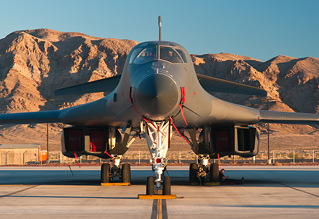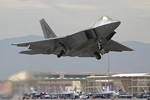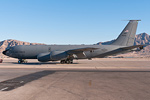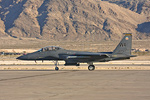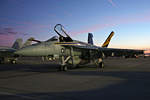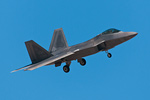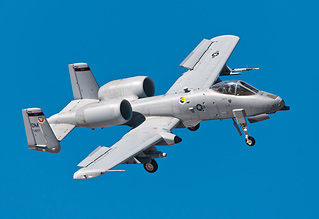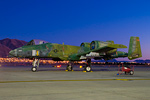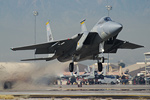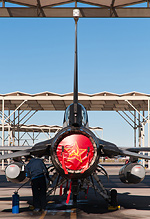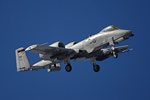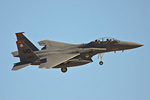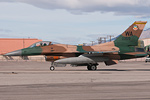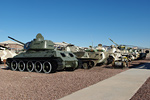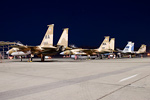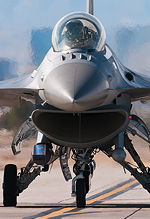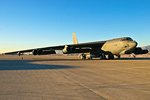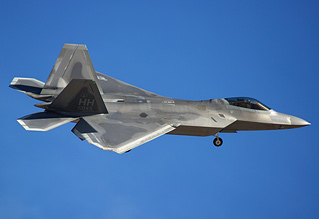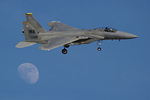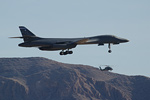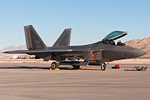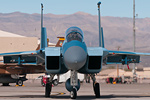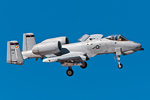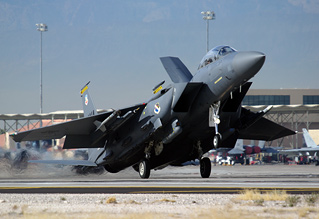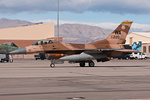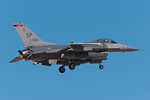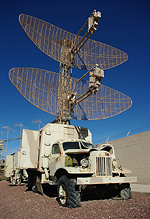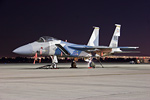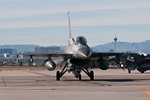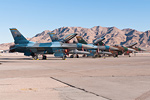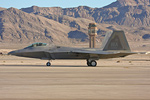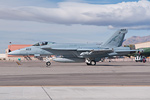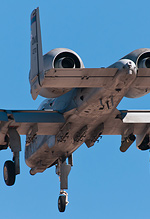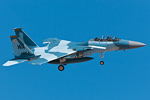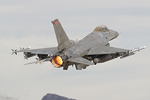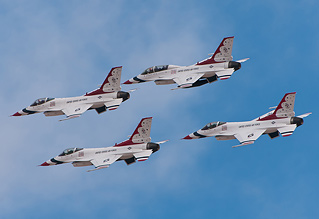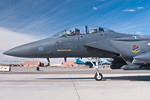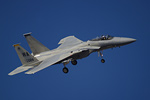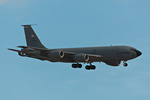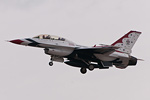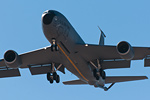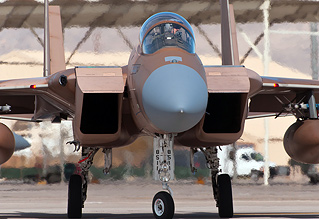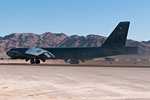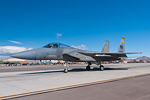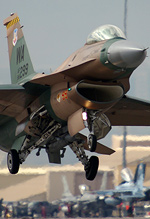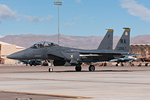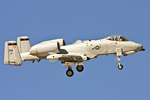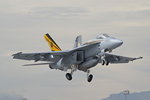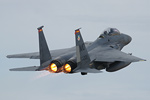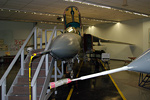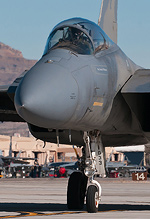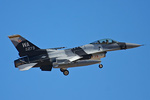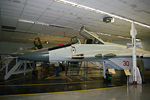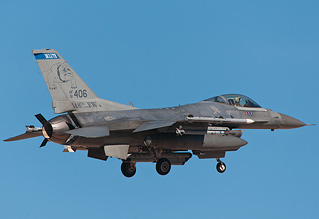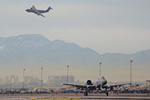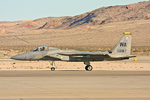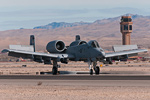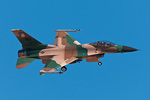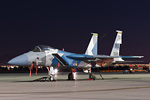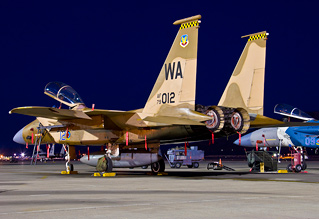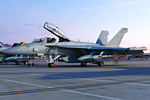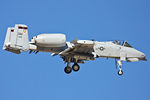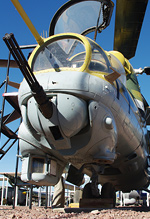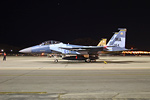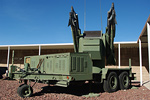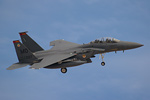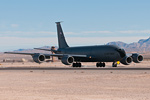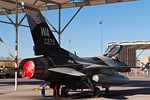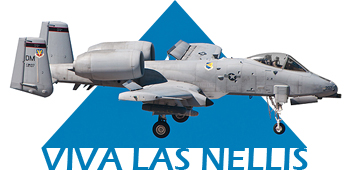
Nellis AFB Red Flag Report
Monday 21st January - Friday 1st February 2013
Long associated with the famous Red Flag exercises; Nellis AFB on the outskirts of Las Vegas, Nevada has a rich history of developing America and her Allies combat pilots into some of the most formidable warriors on the planet. Situated alongside the vast Nevada Test and Training Range (NTTR), Nellis is well placed to provide an excellent spring board for a number of training and testing activities. This has ranged from training World War Two turret gunners all the way up to the modern day with the less well known Green Flag exercises and beyond. There is certainly much more to Nellis than Red Flag.
In the second and final instalment of a special two-part report, and discuss the less well-known Green Flag exercises and what makes Nellis AFB so special. Additional photography by .
Nellis AFB, located on the outskirts of Las Vegas first opened in May 1941 as the Las Vegas Army Air Field (LVAAF) and was responsible for the training of Bomber Gunners during World War Two. At its peak, 600 gunnery students and 215 co-pilots graduated from LVAAF every five weeks, by the end of the war over 45,000 gunners had been trained at LVAAF. Following the end of the war, LVAAF continued its mission and trained 4,700 gunnery students for the B-29 whilst also providing a primary location for thousands of soldiers to receive their separation physicals and final pay before leaving the military. LVAAF was closed on 31st January 1947.
On 31st March 1948, the base reopened as Las Vegas AFB and became a pilot training wing and gunnery school with the first gunnery meet being held in May 1949. During the Korean war, Las Vegas AFB ramped up to train fast jet pilots; nearly every US fast jet fighter pilot and ace that created the 10 to 1 combat ratio over "Mig Alley" in Korea was trained at Las Vegas AFB. In 1950, Las Vegas AFB was renamed Nellis AFB in recognition of 1st Lt. William Harrel Nellis who was killed in action over Luxemburg on 27th December 1944 and was from the area. A legendary airbase was born.
In 1958 the base transferred to Tactical Air Command which resulted in Nellis' mission changing from initial training to advanced graduate weapons training. In order to complete this mission, the USAF Tactical Weapons Centre was stood up at Nellis AFB in 1966 and soon began hosting the famous Red Flag exercises in 1975. The Red Flag exercises were joined by the Air Warrior exercises in 1990 shortly before they were renamed Green Flag. Today, the Tactical Weapons Centre has been renamed the USAF Warfare Centre (USAFWC) and provides training for composite strike forces that involve air and ground units of the US Army, Navy and Marine Corps together with military branches of allied nations. As a result, the USAFWC is in a virtually unique position that they operate or work with every type of aircraft in the USAF inventory.
In addition to the USAFWC, Nellis AFB also plays a key role in tactics development for new and upgraded weapon systems in the USAF inventory. As an expansion of this, and in partnership with Edwards AFB, Nellis undertakes operational testing of aircraft in the USAF inventory. Continuing this tradition Nellis AFB will shortly be receiving four F-35A Lightning II aircraft to assist Edwards AFB in testing the newest fighter on the block for release into service. The first of which is expected to arrive before the end of February 2013. Last but definately not least, Nellis is the home base of the USAF Aerial Demonstration Team, known the world over as The Thunderbirds. During the off season, The Thunderbirds fly mutiple times a day in order to sharpen their skills over the empty expanses of desert near the base. Of interest, during the off season, aircraft with the team do not usually carry their team member number (1, 5, 7.etc) on their intakes but instead carry the aircraft serial number. This makes any photo of a Thunderbird at Nellis at this time of year, very special to the enthusiast.
The Petting Zoo
Aiding in the USAFWC's mission, Nellis AFB plays host to one of the most unique units that can be found anywhere in the world. The 547th Intelligence Squadron. One of the many duties this unit has is the maintenance of the Air Combat Commands only threat training facility, known to service men and enthusiasts alike as the "Petting Zoo".
The Petting Zoo has been put together from a variety of sources including trading with or purchasing equipment from sympathetic nations together with confiscating equipment from hostile defeated forces. But what is the Petting Zoo and why do we keep referring to equipment? The 547th Intelligence Squadron are the custodians of an extensive collection of military equipment operated by foreign nations, many of which being of "Eastern Bloc" in origin. The collection is mainly stored in a high walled compound at the centre of the base and consists of a number of tracked vehicles ranging from tanks to anti-aircraft gun and missile systems. There are also some specifically aviation themed exhibits including fixed SAM systems (including a British Rapier unit) and air to air missiles for pilots to study and learn; this allows them to develop tactics and understand their opponents likely equipment.
The Petting Zoo does also include aircraft and helicopters. Stored in the outside compound is a rare Mi-14 Haze (similar to the example that visited RIAT last year) together with the menacing looking Mi-24 Hind. The 547th's two star items however, are kept under cover in pristine condition. Entering the main hall of the Petting Zoo you are greeted with the site of an immaculate Mig-23 'Flogger' and Mig-29A 'Fulcrum'.
Green Flag
Previously known as Air Warrior, the Green Flag exercises are to air to ground combat as to what Red Flag is to air to air combat. Conducted alongside the US Army, each Green Flag exercise takes at least six months to plan due to its complexity. The exercise centres around cooperation between ground and air assets to conduct a complex combat operation including electronic counter measures and close air support missions.
During a normal Green Flag exercise, at least two multi-role combat units participate together with unmanned assets flying from the near-by Creech AFB. Other more specialised assets such as tankers, AWACS/JSTARS and electronic warfare aircraft also take part. It is unusual however for a Green Flag to coincide with a Red Flag exercise which, in the case of the first Green Flag exercise of 2013 did happen. Whilst Green Flag had its own unique participating units such as Davis Monthan based A-10C Warthogs, a number of units and aircraft took part in both exercises. None more so than the contingent of F-16s sent to Nellis AFB from Spangdahlem in Germany.
There are complex exercises that take place the world over involving both air and ground assets however what makes Green Flag so unique is the use of Individual Combat Aircraft Display Systems or, ICADS for short. ICADS is the most advanced exercise monitoring system in use today anywhere in the world; this system allows for individual units to be monitored and analysed in minute detail remotely by commanders, safety observers and mission directors in real time. This allows for detailed feedback on "on the fly" modification of mission parameters that respond to what is happening on the ground, just like in real combat.
Nellis AFB can easily be referred to a super base which has the big responsibility of ensuring USAF pilots are ready to fight and win, anywhere on the planet at anytime. UK Airshow Review were very privileged to have spent so much time with the men and women of Nellis AFB and once again thank them for their hospitality.
